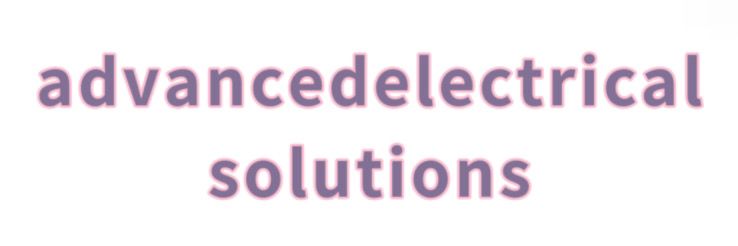Understanding the Electrical Wire Manufacturing Process: A Comprehensive Guide
The production of electrical wires is a highly specialized process that involves multiple stages, each employing precise techniques and equipment to ensure high-quality final products. Understanding this manufacturing process is crucial for businesses looking to optimize their wire production for various applications, from power transmission to telecommunications.
Contact us to discuss your requirements of electrical wire manufacturing process. Our experienced sales team can help you identify the options that best suit your needs.
The journey of electrical wire manufacturing begins with the selection of raw materials. Typically, copper or aluminum is used as the core conductor due to its excellent conductivity and flexibility. The choice of material is crucial as it directly impacts the electrical performance and efficiency of the wires. Once the raw materials are selected, they undergo an initial process called wire drawing. This involves pulling the metals through a series of dies, gradually reducing their diameter and increasing their length. This step not only improves conductivity but also enhances the mechanical properties of the wire, making it more suitable for various applications.
After wire drawing, the next crucial stage is annealing, a thermal treatment process that involves heating the drawn wire and then allowing it to cool slowly. This process relieves internal stresses and improves the ductility of the wire. This improved ductility is essential for subsequent processes, such as insulation and stranding, where the wire must be flexible enough to be manipulated without breaking. The annealing process is a key factor in determining the final characteristics of the wire, thereby enhancing its overall quality.
Following annealing, the wire is prepared for insulation, an essential step for electrical safety and performance. Insulation materials, commonly made from PVC or polyethylene, are applied through extrusion. In this process, the wire is passed through an extruder that coats it with a protective layer. This layer prevents electrical leakage, ensuring that the wire can safely transmit electricity without posing a hazard. Additionally, it aids in protecting the wire from environmental conditions, which is critical for both indoor and outdoor applications.
Stranding is another important feature in the electrical wire manufacturing process. This involves twisting together multiple strands of wire to create a single, larger conductor. Stranding facilitates flexibility and bending without compromising the wire’s integrity. Furthermore, stranded conductors can carry more current, making them ideal for high-performance applications like power distribution and motor windings. This process significantly enhances the wire's adaptability, allowing for a range of uses in various industrial sectors.
Quality control is interwoven throughout the manufacturing process, ensuring that the final product meets industry standards. Various tests are conducted at different stages, including electrical conductivity tests, tensile strength analysis, and dimensional inspections. These quality assurance measures not only validate the product's reliability but also help manufacturers maintain compliance with regulatory standards, thereby fostering trust with clients.
The advancements in technology have also introduced automation into the electrical wire manufacturing process. Automated machinery and systems can monitor and control various parameters, improving production efficiency, accuracy, and flexibility. The implementation of Industry 4.0 practices, such as IoT devices and data analytics, enables real-time monitoring and predictive maintenance, ultimately leading to reduced downtimes and cost savings.
In conclusion, the manufacturing process of electrical wires involves several critical steps, each contributing to the final product's effectiveness and safety. By understanding these stages—from raw material selection to quality control—manufacturers can optimize their production processes for a variety of applications. As the demand for electrical wire continues to grow, fueled by technological advancements and the push for renewable energy solutions, it is essential for businesses to stay informed about the latest manufacturing innovations. Exploring these developments will not only enhance their operational efficiencies but also position them favorably in a competitive market.
Are you interested in learning more about h05rn-f cable? Contact us today to secure an expert consultation!


Comments